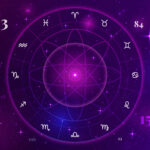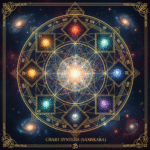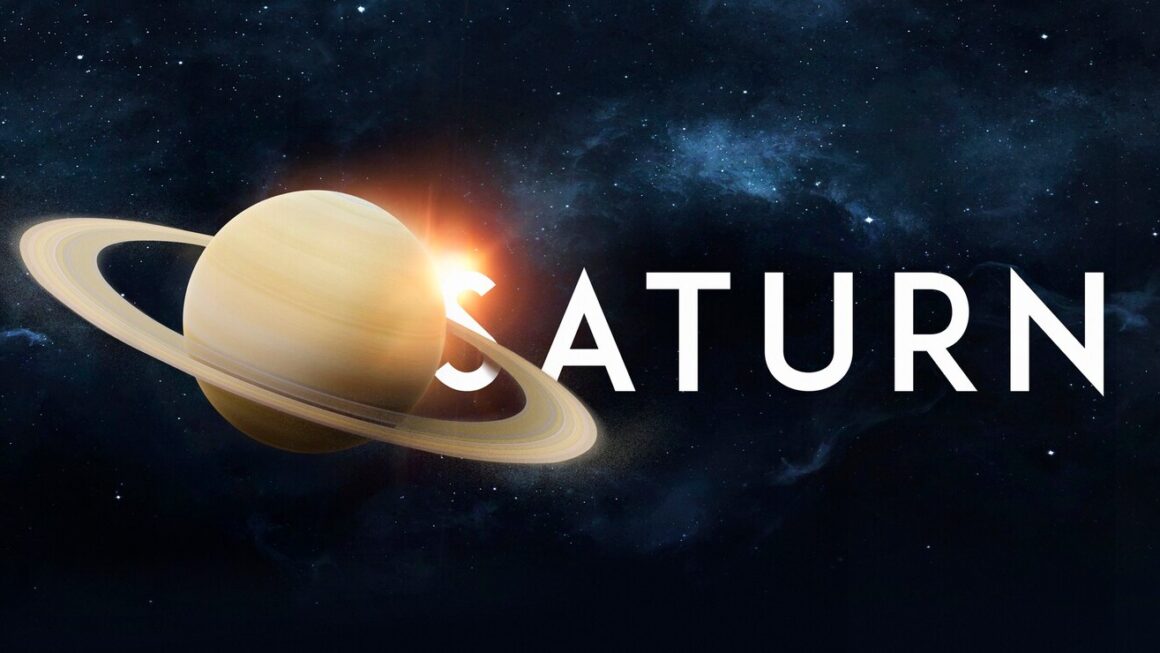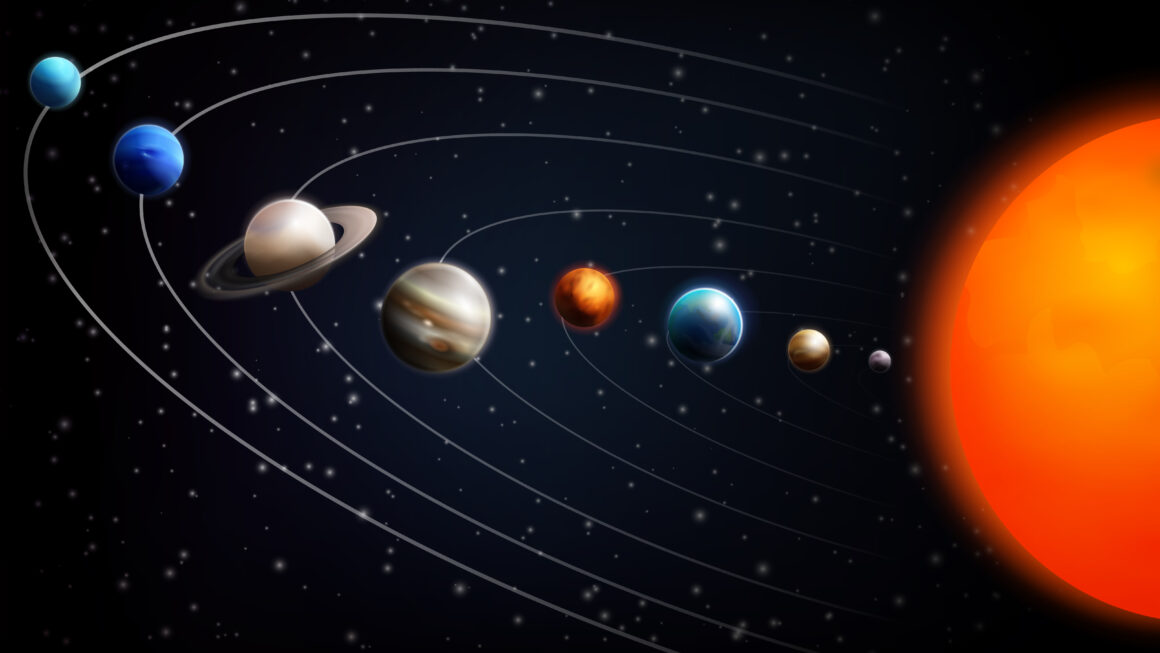Table of Contents
The two most powerful and indispensable tools in Vedic astrology (Jyotish) for forecasting life events are Transits (Gochar) and Dasha (Planetary Periods). While both are timing methods, they operate on fundamentally different principles and answer distinct questions. Understanding the relationship and difference between them is the key to accurate predictive astrology.
The Roles: Internal Potential vs. External Trigger
The primary difference between these timing systems lies in their scope and the aspect of reality they reflect.
| Feature | Dasha (Planetary Periods) | Transits (Gochar) |
| Role | Internal Clock / Major Theme | External Trigger / Cosmic Weather |
| Question | What is the major theme/focus of my life right now? What is destined to happen? | When will that theme activate? How will current events modify the potential? |
| Nature | Subjective and Fated. Reflects the internal karmic blueprint. | Objective and Environmental. Reflects the current cosmic environment. |
| Mechanism | The calculated sequence of planetary rule (e.g., Mahadasha of Saturn). | The movement of planets right now across the natal chart positions. |
| Duration | Long-term and Defining (7 to 20 years per period). | Short-term and Contextual (days to 2.5 years). |
Dasha: The Internal Clock (The Script)
The Dasha system (most commonly the Vimshottari Dasha) acts as the internal clock of the horoscope, revealing the core theme of a specific life chapter.
- What it is: The Dasha is the period of time ruled by a particular planet. This planet steps forward to become the “prime minister” of the chart, activating the houses it owns, the houses it occupies, and the yogas it is involved in.
- What it Governs: The Dasha Lord dictates the nature of the events. For example, if you are running the Dasha of your 7th Lord, the focus will be on marriage, relationships, or business partnerships. If you are running the Dasha of your 10th Lord, the theme will be career, status, and public action.
- Significance: The Dasha defines the potential and the agenda for that multi-year period. If a major Raja Yoga is present, it will only yield its promised results during the Dasha of the planets forming that yoga.
Transits: The External Stimulus (The Timing)
Transits (Gochar) represent the ongoing, real-time positions of the planets. They are the external stimuli that trigger the events promised by the Dasha.
- What it is: A transit is the current position of a planet in the sky relative to the fixed points of the birth chart (Lagna and Natal Moon).
- What it Governs: Transits govern the timing, location, and manifestation of events. For instance, the Dasha of the 7th Lord may indicate marriage is possible, but the event will likely materialize when transiting Jupiter aspects the 7th house or the natal Venus, and transiting Saturn stabilizes the 7th house.
- The Key Players: The transits of the two slow-moving, life-defining planets—Jupiter (growth, opportunity) and Saturn (structure, delay, karma)—are the most significant for timing major life events.
The Synthesis: Gochar vs Dasha in Integrated Prediction
Accurate prediction hinges on the successful synthesis of these two systems—the gochar vs dasha integration. The two must align for a significant, life-altering event to occur.
- The Rule of Double Transit: The most reliable technique for predicting a major event (e.g., career change, marriage, birth of a child) is often the Double Transit of Jupiter and Saturn. A significant event is predicted when:
- The Dasha promises the event (The Dasha is running of a planet connected to the house of the event, e.g., the 5th Lord for a child).7
- Jupiter aligns with the event house (Transiting Jupiter aspects or conjuncts the house/lord of the event).
- Saturn aligns with the event house (Transiting Saturn aspects or conjuncts the house/lord of the event).
- Transits as Modifiers: Transits also explain the daily quality of life within a Dasha. A generally favorable Dasha may suddenly feel stressful for a few months when transiting Mars or Saturn aspects the Moon or the Lagna. Conversely, a challenging Dasha can be mitigated during periods when transiting Jupiter supports the key afflicted houses.
The Dasha sets the theme and the energy; the Transits provide the specific date and the external reality. This layered approach is the essence of sophisticated astrological prediction.
Conclusion: Two Timing Methods Compared
The simultaneous use of Dasha and Transits provides the most comprehensive and nuanced predictive framework available in Jyotish. The Dasha system acts as the internal, karmic script running on a fixed schedule, while Transits (Gochar) act as the external, ever-moving cosmic weather that activates, modifies, and times the events written in that script. A mastery of both is essential for moving beyond simple natal chart interpretation to accurately forecast the ebb and flow of life’s opportunities and challenges.











